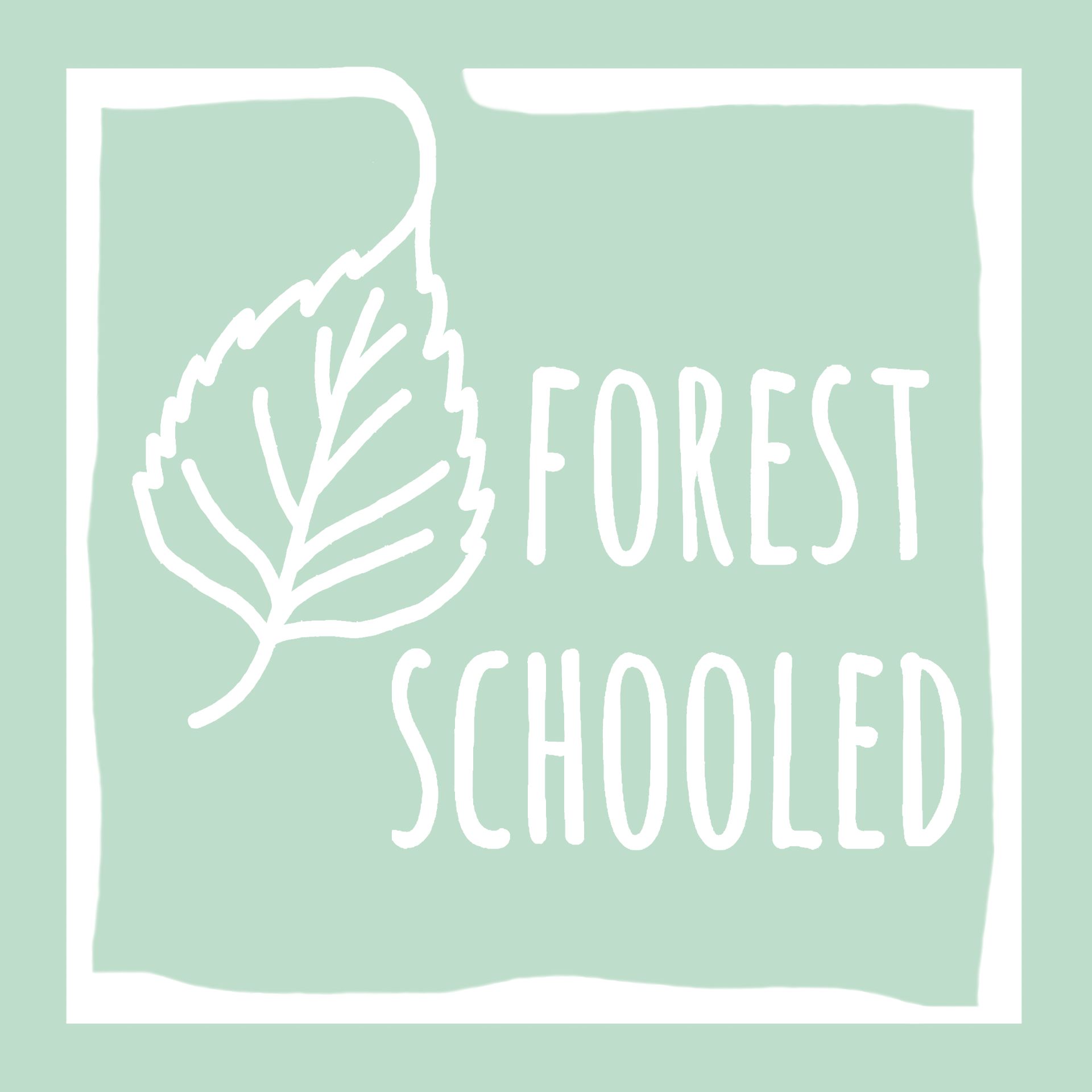
Blog
Playing with Grief

Trigger warning: Death, pregnancy loss, and infertility.
One second he was gleefully jumping in a puddle, and the next he was standing there crying because he was tired of walking. Until another puddle caught his eye and lured him back to jumping and laughing again.
This brief, yet very emotional, walk with a three year old the other day reminded me of a saying I heard last fall whilst assisting Playful Mindset with an outdoor play grief support group for caregivers and children who'd lost a loved one:
For children, grief is like puddle jumping. They seem to move quickly in and out of it, over and over.
This analogy refers to the emotions associated with grief, such as sadness. Like when a ten year old in that grief support group went from playing a silly game to moments later approaching me with tears in his eyes to say, "I miss my dad," only to go back to playing the game shortly after.
For adults, grief is often described as a river.
The psychotherapist in our grief support group team recommended this talk by David Kessler, an expert and author on grief, called "Navigating the River of Grief." In it Kessler talks about how the movement of water in a river relates to the often overwhelming emotions of grief, yet ultimately, "The river of grief will take you to your healing. It will take you where you need to go."
Now, the surprising thing about helping to facilitate an outdoor play grief support group for children and caregivers is the opportunity it has given me to play with my own grief. I don't mean to use "play" in a mocking or diminishing way here.
I mean play as in jumping in puddles.
Almost three years ago I shared my experience of pregnancy loss in the blog post, Loss, Grief, and the Forest. At the time I was in what Kessler calls "acute grief" - the following days or months after a loss where you feel like you're in free fall. Your world has been rocked and you're not sure which way is up. This is the torrent of the river of grief in which you feel you may drown.
Many of us, including my former self, assume that this phase IS the process of grief. When you find your feet again and some semblance of ground, you're done. The river has calmed, you're able to swim, you've grieved, and can return to a "normal" life again.
The reality is so much different. What comes after the acute phase is the early phase of grief, which I was both shocked and consoled to hear Kessler say continues two years after the loss (with the acknowledgement that this is a generalization and everyone's grief process is different and valid).
The early phase of grief is the first two years. And even though a person might look and act like they've moved on, that is because we can't see grief. Grief is on the inside. We only see mourning - how a person acts on the outside. But for many there's a point after loss where it feels awkward, inappropriate, and unaccepted by society to mourn any longer (usually after the acute phase). But the grief is still there and the loss is still incredibly tender and painful.
This has been my experience, with the pain particularly sharpened by the everyday triggers of pregnant people and families with babies almost everywhere I look. I wrote a bit about this on the one year anniversary of the day of the miscarriage in the blog post This Post is Personal.
And the complicated thing about this type of loss is that along with the grief is the hope that comes afterwards. Just try again. A rainbow baby they call it. The one after miscarriage that helps soften the pain of the baby lost.
But what if that doesn't happen? What if that rainbow baby doesn't come? What if you encounter a series of health crises that push that hope further and further away? Meanwhile there's the ever present reminder that the "clock is ticking" when you're in your thirties and are told you're running out of time....
Then the grief becomes cyclical. Instead of easing over time, it starts to repeat month after month after month. Waiting. Hoping. Then another lost chance. Again and again.
My grief is now feeling less like a river and more like jumping in puddles.
These days I can find deep and fulfilling joy. I can find calm and contentment. I can find gratitude and awe for life. These are the sides of me I show people most of the time, because it's easier. I also know I deserve to feel them. But in between I jump into another puddle of sadness as I'm reminded of my deep desire for a baby and inability to have one (as of yet! that's the hope talking...)

(And please, if need be, may I stop you here with utmost compassion if your mind is now turning to suggesting adoption, IVF, or surrogacy with what I know is the kindest of intentions. Yes we're thinking about and researching all of these, and more, in depth while considering our personal options and desires.)
I haven't yet reached what Kessler says comes next in the phases of grief. He calls it "mature grief" in which you feel more love than pain. That doesn't mean the grief is gone. It means you can carry it with you with love, where you may honour who or what was lost and find meaning.
In the meantime I share my story thus far with you, my community, here and humbly invite you in as I jump in the puddles and play with grief.

Poem: Walking With Grief
-Caylin (Forest Schooled)
References:
Kessler, David (2021). Navigating the River of Grief with David Kessler. YouTube: https://www.youtube.com/watch?app=desktop&v=1fZuOGSwtEw
